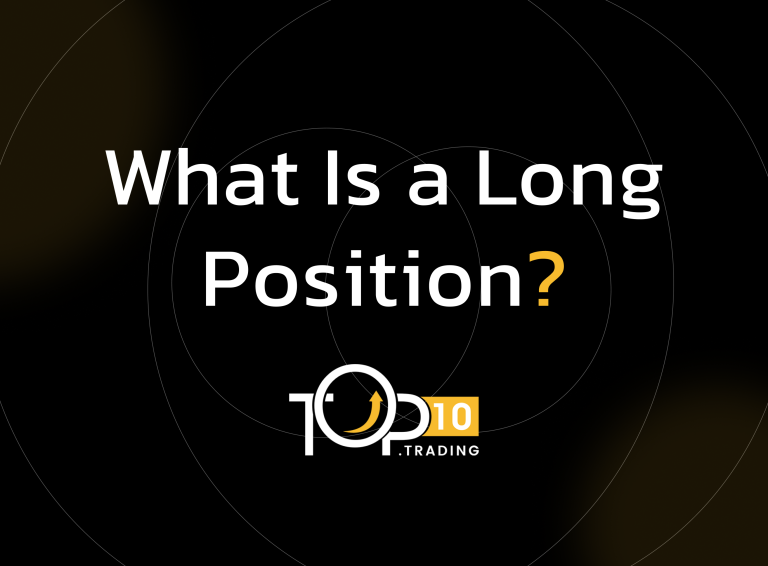Long Position Definition

A long position refers to buying an asset with the expectation that its value will rise over time. Traders and investors take long positions when they believe a market, stock, currency, or commodity will increase in price. In a long position, profits are made when the asset is sold at a higher price than the entry point.
Key Takeaways
- A long position involves buying an asset to profit from rising prices.
- It’s the most common and traditional form of investing or trading.
- Long positions can apply to stocks, currencies, commodities, and derivatives.
- Traders are said to be “bullish” when they go long.
- Profits come from selling the asset at a higher price later.
How Long Positions Work
When a trader or investor goes long, they purchase an asset at the current market price, anticipating that its value will increase. The position remains open until the asset is sold. The difference between the purchase price and the selling price determines the profit or loss.
In forex, taking a long position on EUR/USD means buying euros and selling U.S. dollars, with the expectation that the euro will strengthen against the dollar.
Examples of Long Positions
- An investor buys 100 shares of Apple stock at $150, expecting the price to rise.
- A forex trader goes long on GBP/USD at 1.2500, anticipating the pound will appreciate.
- A commodities trader opens a long position in crude oil futures, expecting prices to go up.
Benefits of Long Positions
- Profit from Bull Markets: Ideal when market sentiment is positive.
- Simplicity: Straightforward strategy, especially for beginners.
- Unlimited Upside Potential: No cap on how much the asset can rise.
- Long-Term Growth: Suitable for buy-and-hold investing strategies.
Costs and Limitations
- Exposure to Market Risk: Losses occur if the asset price falls.
- Requires Capital Upfront: Must buy the asset to hold the position.
- Limited Short-Term Flexibility: Profits may take time to materialize.
- Opportunity Cost: Capital is tied up in the position until it's closed.
Who Uses Long Positions?
Long positions are used by nearly all types of market participants—from long-term investors to intraday traders. They’re especially common among retail investors, mutual funds, and pension funds looking for gradual capital appreciation. In trading, going long is often the default strategy unless a trader expects the asset to decline.
